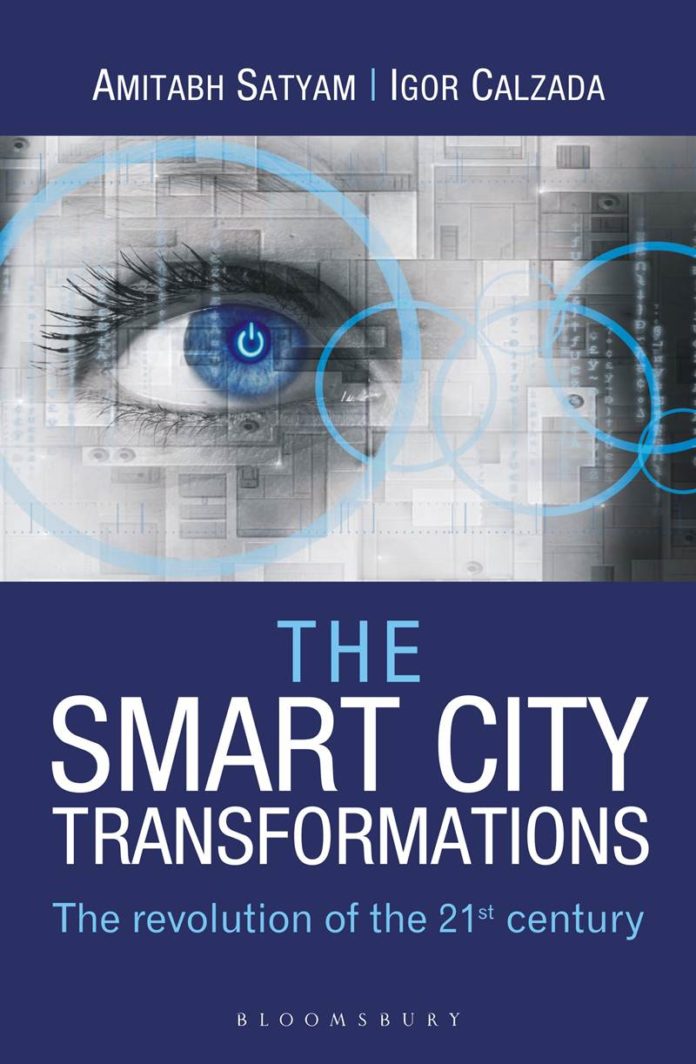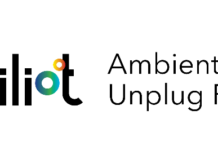
The Smart City references cited by the authors are Barcelona, Masdar (Abu Dhabi), Yokohama, Bhutan, San Diego, Copenhagen, Rio de Janeiro, Stockholm, Yinchuan, Vienna, Kochi, and New York. Following behind, India now seeks to develop its own narrative. In June 2015 Prime Minister Narendra Modi launched the ‘Smart City Mission’. This is an urban renewal and retrofitting program by the government of India with a mission to develop 109 smart cities, all over the country making them citizen friendly and sustainable. The first batch of 20 cities selected are being provided with central assistance of INR 2 billion each during the current financial year, succeeded by INR 1 billion for the next three years. A total of 97 cities submitted proposals and applied for this assistance.
The five broad features that all smart cities must aspire for are:-
- Enhance and extend life – relates to the sustainability of life
- Access to service – convenience and productivity
- Affordability – average citizens should be able to afford Smart solutions
- Availability of information – transparency of process, efficient decision making
- Anticipate the future
According to Satyam and Calzada, the internet of things (IoT) is at the foundation of the Smart concept. Sensors create data elements. Data generated by these sensors are converted to a suitable digital format that can be sent away to another system for processing and analyzing. IoT is a recent paradigm that envisions a near future, in which objects of everyday life will be equipped with microcontrollers, transceivers for digital communication and suitable protocol stacks that will make them able to communicate with one another and with the user, becoming an integral part of the internet. The IoT concept hence aims at making the internet even more immersive and pervasive.
Furthermore, by enabling easy access and interaction with a wide variety of devices such as home appliances, surveillance cameras, monitoring sensors, activators, displays, vehicles and so on, the IoT will foster the development of a number of applications that make use of the potentially enormous amounts and variety of data generated by such objects to provide new services to citizens, companies and public administrations. This paradigm finds applications in many different domains such as home automation, industrial automation, medical aids, mobile healthcare, elderly assistance, intelligent energy management, smart grids, automotive, traffic management and many others.
However, the identification of solutions, capable of satisfying the requirement of the possible applications scenarios, presents a formidable challenge to the concerned cities. Each of the Indian cities has therefore to prepare a master plan, in which the focus is on the following areas: water, waste, sanitation, environment, urban planning information and communication systems, e-governance, electricity grid, education and skills.
To understand how this concept is being implemented elsewhere, here are the highlights of Masdar City (Abu Dhabi):
Energy Management: There are no light switches or water taps in the city – they have been replaced by motion sensors, this has reduced water and electricity consumption by 40 percent. They have installed the world’s largest photovoltaic generation facility that produces 17,500 million watt-hours of electricity annually. This green energy helps Masdar claim a 10-degree centigrade lower ambient temperature than the rest of Abu Dhabi.
Eco Buildings: The city buildings combine housing, retail, manufacturing and office spaces. The buildings also provide working space to the resident who can live and work in the same location. This also reduces transportation needs. The commercial office building, the International Energy Agency, has smart energy management that consumes 64 percent less energy compared to the typical buildings in Abu Dhabi.
The City Planning: Streets are narrow with buildings on both sides, to create more shade, enhance walkability and maximize the wind. The orientation of the buildings are set towards the north-east to minimise heat penetration, keeping the building cool naturally. The wind towers draw cool breeze into vertical tubes that are channelled to the ground level. The connected water features, manage consumption as well as cool the surrounding air.
Transportation Network: Projects are on to build ground level light rail systems and subterranean metro high-speed rail. The plan ensures that public transport is within 250 meters of every location.
The government has invested about US$ 1.6 billion in developing this. It is unlikely that other economies will afford such investment for a population of 40,000. However, these initiatives help show the way to aspirants in their quest for smart living in the future.
Satyam and Calzada have divided the book into six sections, spread over fifteen chapters. The entire text falls into bullet point format that makes for pretty exhaustive reading. Essentially this is a how’s how and how’s why book, that may not find interest with the general reader. Hopefully, the authors will stay with the subject and monitor the progress made by the Indian Smart cities.
Name of book: The SMART CITY Transformations The revolution of the 21st century
Authors: Amitabh Satyam/ Igor Calzada
Published by: Bloomsbury Publishing India Pvt Ltd
No. of pages: 333
Price: Rs. 342
By: Michael Pereira
Source: www.freepressjournal.in


















